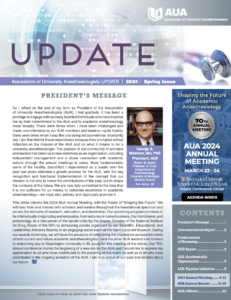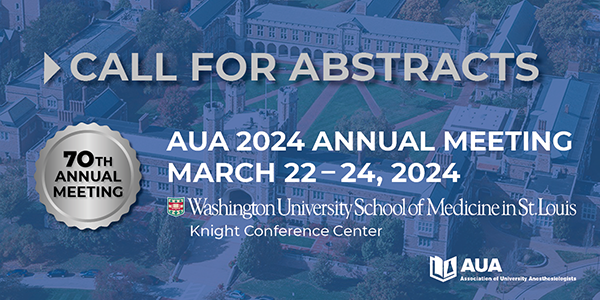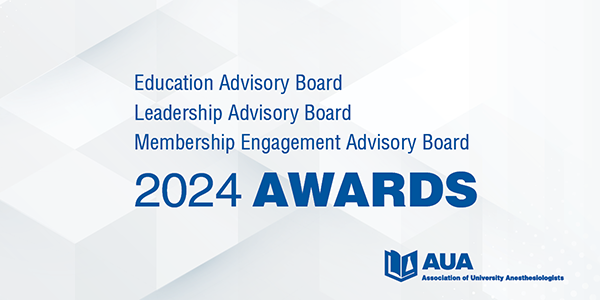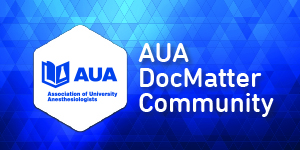Message from the President
Although it is easy to write a president’s message that concentrates on the many accomplishments of current and past members of the AUA, I have tried to focus my time, as a leader, on what we can do to improve the future. Thus, despite our distractions related to the COVID-19 pandemic, I plan to quickly facilitate an update of the AUA strategic plan, with the expectation that we will help develop a path for a healthy and sustaining future for academic anesthesiology. As we look around the country and consider the decisions being made by Deans of Schools of Medicine there is significant risk for continued erosion of academic values in anesthesiology.
Continue Reading…









